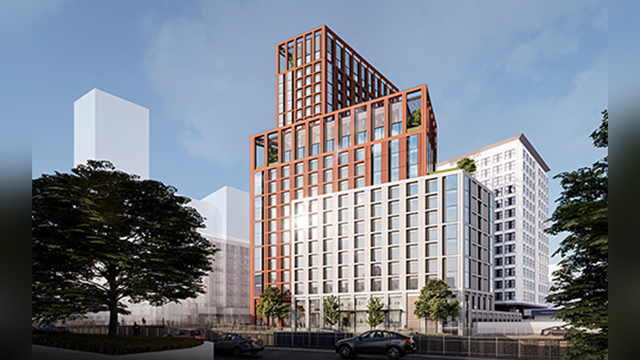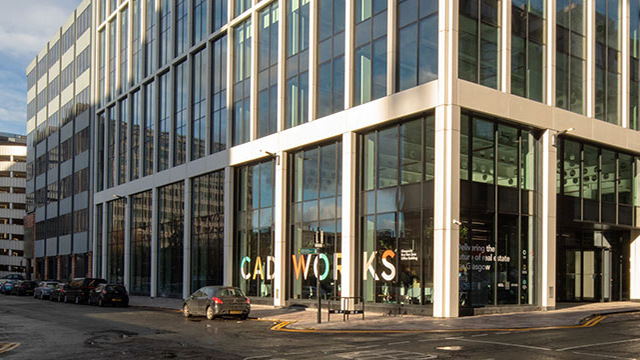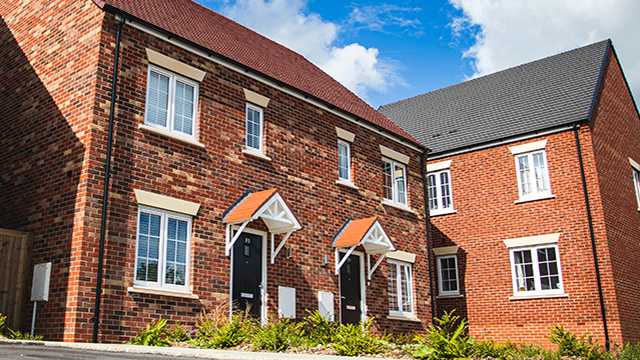Broad Street and binge drinking go hand in hand. As Birmingham’s notorious golden mile, the road is synonymous with a Friday night on the town. But, as revelling has turned to riot, its reputation has been tarnished by drunkenness, anti-social behaviour and alcohol-related crime. Now, the city wants to turn that reputation on its head.
Spurred by political will from government to reduce binge drinking, the city council, the Broad Street Association and the police have all announced reforms to improve the street. And with a crackdown on the cards under the government’s 24-hour drinking legislation, landlords know they could be heading for serious problems. Three units are vacant on Broad Street and, though few in Birmingham’s property industry are willing to name names, many more are thought to be up for grabs.
Rents have slipped as new concepts have turned their backs on the street. And although the street is applying for business improvement district status, local agents have now started to question whether alternatives to the “pile ’em high, sell ’em cheap” operators can be found that can afford the rents paid by the big bar operators.
Bar business booms
Broad Street rose in popularity during the 1990s as bar business boomed and new operators flooded in. Rents peaked on the street around three years ago, explains Andrew Benson, director at Wright Silverwood. But since the signing of Bar Rococo, activity has stagnated, and the large rents of £30-£35 per sq ft have become a thing of the past.
Now the street is desperately in need of a facelift. “The bar operators are finding it challenging,” says Benson. “Broad Street is too ‘wet led’, and the market needs different clients and a more sophisticated offering.”
Pointing to the opening of Birmingham’s first gastropub, Mackenzie’s on Corporation Street, the success of bar operators in neighbouring Brindleyplace and the upmarket offering at the Mailbox, Benson says: “I couldn’t see Broad Street being on these operators’ target list, and it’s becoming the case that niche and trendy bars go off Broad Street.”
Others are blunter. “Broad Street needs to get away from the wet, stand-up culture of drinking until you are blitzed,” says Guy Webber, head of Jones Lang LaSalle’s Birmingham office. “The problem is with trade on only two nights a week. And cheap drinks don’t help.”
The BID proposal will go some way to regenerating Broad Street. Gary Taylor, director at Argent and owner of neighbouring Brindleyplace, has spearheaded efforts to galvanise landlords and operators. “Undoubtedly, bars are struggling and a number of units are under assignment,” he says, adding: “No-one has overseen the development of Broad Street. We need a balanced mix of offer, and getting that to succeed will be the litmus test.”
Local businesses will vote on the formation of the BID in May. If it goes ahead, it would bring in more than £340,000 pa from business rates.
But Taylor has ambitions to raise £70,000 on a voluntary basis regardless. He has already secured £40,000 by bringing five of the street’s disparate owners on board, and is confident others will follow. “We have £350m of property sitting next door. We could sit here and pull up the drawbridge, but we want to positively influence the environment over the long term, and other landlords feel the same,” he says.
But many feel that while the BID will cosmetically help, it will not fix the underlying problems. “It’s all about management,” says Parmjit Singh, partner at Eversheds. “Brindleyplace is right next door and they have none of the problems seen on Broad Street, and the Mailbox has a big leisure offering,” he adds.
Regeneration agenda
Many commentators say introducing a new mix of users into the street — especially restaurants — should be at the top of any regeneration agenda. But enticing restaurants in at current rental levels is another thing.
Taylor admits this is a concern. “To get a healthy restaurant sector, rents can’t be over £30 per sq ft,” he says. Larger operators can probably afford this, adds Taylor “but for niche operators, such as Bank or Le Petit Blanc, £25 per sq ft is closer to the mark. Landlords will have to take a view to get long-term advantages.”
Nick de Pons, national director at Jones Lang LaSalle, agrees. “Even if you have a restaurant with full sittings every night, you are not going to make the money to cover it,” he says. “Something needs to be done with the aspirations of landlords. We need more Michelin-star type restaurants, not just another La Tasca.”
The returns are there for owners prepared to be a little more discerning. Benson points to the Mailbox, which stood firm on its expectations for the scheme. “They specifically targeted operators, and they’ve not gone down the high incentives route to achieve it,” he says.
Gurjit Atwal, partner at Eversheds, says the Mailbox worked hard to create a “safe haven” through strict management, including controlling who came in and how space was used. “The Mailbox only allowed a certain amount of standing bar space — the rest had to be tables and chairs. And they’ve operated an intelligent pricing structure so you couldn’t buy a pitcher of beer,” he says.
The landlord also kept a close eye on shared areas, adds Atwal, operating a “three strikes” policy for terraced areas where, subject to appeal, the landlord could ban misbehaving operators from using outdoor space. The Mailbox is putting its money where its mouth is, with operators not having to pay rent for this space during the appeal process.
Adopting such strategies on a single-ownership estate is undoubtedly easier than it would be on Broad Street. But one thing is sure: landlords will have to take a different approach or face police and local magistrates forcing them to change.
|
|
|
The Dixons XL store in the Bullring was an experiment. The company freely admits it. With 29,000 sq ft of space, it was 10 times the size of a normal Dixons store. Fifteen months on, the experiment is over and the store has closed. The Bullring’s owner, Birmingham Alliance, says it is now reviewing a number of options for the shop. But most local agents believe the prospect of the landlord taking the shop back and having its first crack at asset managing the 1.2m sq ft of space will be irresistible. “They’ve got to take the opportunity. It’s the first they’ve had, and I’d be surprised if they didn’t,” says Brian Thompson, a partner at Johnson Fellows. But is there appetite for such a shop? Andrew Benson at Wright Silverwood thinks there will be a degree of caution towards such a large unit. “We are going to see a slacking off of testing concepts because it’s an enormous overhead and could be an expensive mistake,” he says. As a result, the Bullring would probably favour splitting the huge shop into two or three more manageably sized units. Thompson believes that rental levels in the region of £325 per sq ft could put off operators in the city, but those already trading in the Bullring may take the opportunity to trade up. “Don’t forget they have rent reviews coming up in three years, and they need to do something to move rent levels on,” he adds. Dixons may yet make a return. The retailer is looking to dispose of a shop on Union Street, with rent liabilities thought to be in excess of £500,000. And agents say that Dixons does not want to lose representation in Birmingham. |
|
|
||
|
Major brands still want representation in the city |
||
|
Company |
Location |
Min size (sq ft) |
|
Virgin Active |
In-town or edge-of-town |
45,000 |
|
Matalan |
Edge-of-town or out-of-town |
30,000 |
|
IKEA |
Edge-of-town or out-of-town |
25,000 |
|
John Lewis |
In-town |
20,000 |
|
Kidspace |
In-town or edge-of-town |
15,000 |
|
LA Fitness |
In-town or edge-of-town or out-of-town |
15,000 |
|
Toys R Us |
Edge-of-town or out-of-town |
15,000 |
|
Krisp |
In-town |
12,500 |
|
Netto |
Edge-of-town or out-of-town |
12,500 |
|
George |
In-town or edge-of-town or out-of-town or shopping centre |
10,000 |
|
Source: EGi Retail Research |
||










